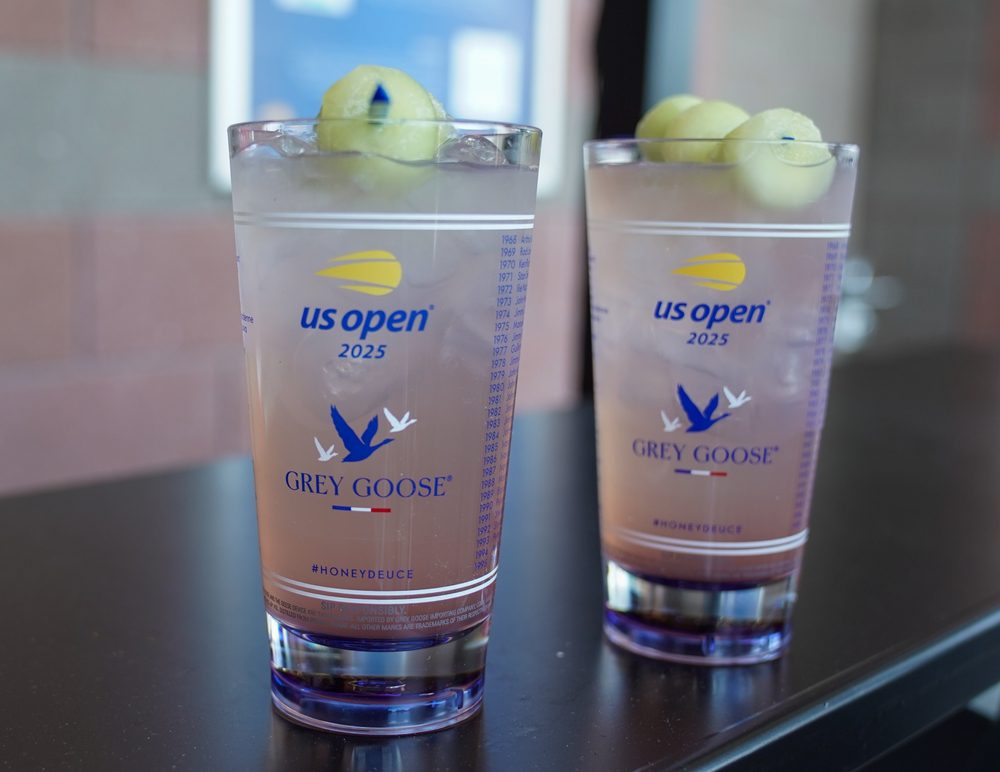To a casual visitor, the J. Crew office in the former Wanamaker building in New York probably doesn’t look any different than it did two summers ago. One sees executives dressed in the same sort of khakis sitting in the same massive cubicles, with the sun pouring in.
But it’s not the same place. For starters, the apparel marketer was acquired by equity investor Texas Pacific Group in the fall of 1997, bringing management changes and efficiencies (though the casual style remains, courtesy of Emily Wood, a member of the founding family, who serves as chairman of the board of directors). And the business itself has changed, turning from a two-channel company into a three-channel one with the development of the jcrew.com Web site.
Though the site produced only a fraction of the total corporate revenue of $825 million last year, it’s considered a key channel, especially in terms of long-term potential, says Scott Gilbertson, senior vice president of new media and strategic planning, who came to Crew from Texas Pacific Group in February 1998.
In less than two years, the Web site has generated 300,000 buyers, representing nearly one-fifth of the size of the house file of 1.7 million, and producing an average order in $140 range (roughly the same as that of catalog purchasers). Between the savings on paper and telephone reps, Web sales are cheaper to generate-no small thing for the numbers-oriented parent.
That’s important as Crew prepares for a probable public offering in the first half of 2000. Part of the corporate strategy has been to divest ancillary brands that divert attention from the “world-class” Crew brand; Popular Club Plan was sold in 1998, and Crew will mail its last Clifford & Wills catalogs early next year. The firm has also cut costs in some areas, which in turn, has affected revenue.
Ballpark estimates show that while total Crew brand revenue rose from $575 million to $625 million in 1998, mail order sales dropped by $10 million to $250 million.
The reason is that the company mailed slightly fewer catalogs in fiscal ’98-maybe 70 million, 60% to customers and 40% to prospects, says Walter Killough, general manager, mail order. The house file itself was smaller following a soft 1997 Christmas season (it rebounded during Christmas ’98), but that’s only part of it: The company also did more careful segmentation, leading to lower circulation. Though this resulted in lower revenue, it also produced a greater yield from every page that went out, thanks to postage and paper savings.
In light of this, jcrew.com is key in terms of both the long-term strategy and day-to-day operations.
The site was started as a strictly editorial site in 1996. It graduated to taking catalog requests, and then to selling merchandise, but didn’t offer a complete product selection until spring of 1998.
But it’s a fun site: Visitors are invited to shop, request a catalog, locate a store, or play in the J. Crew Golf Invitational, an online game. Roughly 700,000 people have communicated with Crew via e-mail or the Web site, and over half a million have requested catalogs.
It’s still too early to determine lifetime value for Web purchasers. But short-term indicators show that they are similar in most ways to mail order customers. One difference: Males are more likely to shop online than by catalog (26% of the Web buyers are men, compared with 17% for the print catalog).
More important to Crew is that a third of its company’s mail order customers have bought in both channels. And the crossover works in both directions: a double-digit percentage of Web customers have also purchased from the catalog.
This fall, Crew will launch an improved version of its Web site, giving it one-to-one personalization capability, although that will not yet be used in full. “We’ll have 10 or 20 buckets of characteristics,” Gilbertson says, “and create programs based on those unique buckets.”
The site itself will also be more user-friendly. For example, swimsuit buyers can mix and match tops and bottoms to see what they look like together, or click on a swatch and see the swimsuit in the color of their choice. Later, these capabilities will be extended to the entire wardrobe.
The company is also building a new data warehouse, a multiyear project that will help it track and predict the behavior of customers in all three channels, while standardizing data so that it flows better between the channels. This will help maximize profits, while enabling Crew to turn its from a “one-dimensional to a three-dimensional contact strategy,” says Killough, who came over to Crew 18 months ago after 11 years at Popular Club Plan.
As part of this, the firm is now conducting its first horizontal tests via the Web to determine how customers want to be contacted. With one-third of all customers having provided their e-mail addresses, e-mail is already an important contact tool for both sales and customer service.
Crew attorneys are also exploring whether e-mail can be used for notifications under the FTC’s 30-Day Mail Order Rule. Though it uses e-mail for this, it still sends postcards even when it has sent an e-mail-to ensure full compliance.
Other plans? Crew will also open a 12,000 square-foot store in New York’s Rockefeller Center this fall (it has 67 regular stores and 42 factory outlets). And though it’s not the first thing on the agenda, Crew also plans develop an international presence. It has a license business in Japan, and is now laying the groundwork to test in a few countries.
As it pursues this multichannel strategy, Crew feels its mail order expertise gives it an advantage over other retailers like, say, The Gap. “We have our pick, pack and ship center, and know how to handle returns,” Gilbertson says. “People have come to us looking to outsource these functions.”
Who’s the corporate role model?
“We’re the role models,” Gilbertson says. “Other catalogers want to brainstorm with us.”
 Network
Network

